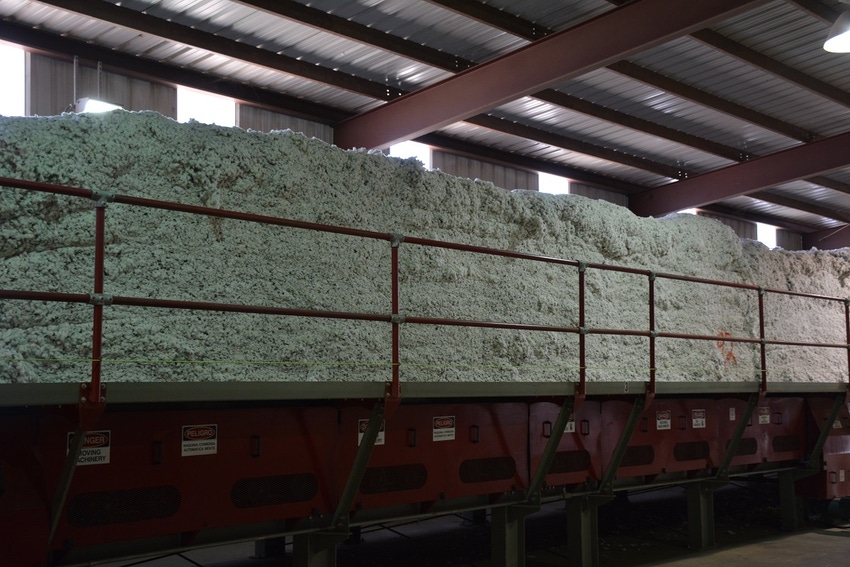March 13, 2016

The USDA released another monthly Supply and Demand report March 9, which was a non-event for a number of crops. To quote from the report: “Wheat: There are no changes…”; “Course grains: Projected U.S. feed grain ending stocks… are unchanged…”; “Cotton: The U.S. 2015/16 cotton supply and demand estimates are unchanged.”
Some of this is to be expected, given the time of year and the finalization of 2015 production estimates. In the case of U.S. cotton, there actually were some minor changes, but they were offsetting. The USDA reduced harvested acreage slightly to account for additional abandonment in South Carolina. However, a slight increase in U.S. average yield on the remaining harvested acreage kept the production forecast at 12.94 million bales.
For the latest on southwest agriculture, please check out Southwest Farm Press Daily and receive the latest news right to your inbox.
There were no changes in forecasted U.S. mill use, exports, and the “unaccounted” fudge factor category. So, the bottom line was: no change in projected ending stocks, which remain at 3.6 million bales. Hence, there would not be any expected price response with no month-over-month change. Moreover, we would not expect any price response from the minimal year-over-year change in ending stocks (since carryin was 3.7 million bales).
All of this represents a fundamental rationale for prices to continue trading where they are.
WORLD SUPPLY/DEMAND
The March World Agricultural Supply and Demand Estimates showed a slight improvement for the world cotton supply and demand situation. The biggest adjustment was a cut in projected foreign production, which was dominated by cuts of 1 million and 200,000 bales from India and Pakistan, respectively.
These cuts represent an ongoing reassessment of the effects of a drier summer plus the pest problems in the Indian subcontinent during 2015. West Africa saw a 40,000 bale cut in forecasted production. Together, these cuts outweighed a 100,000 upward revision in Australian production.
The report saw a 390,000 bale cut in projected domestic use, resulting mostly from Pakistan having a couple hundred thousand fewer bales to spin. In addition to lower mill use, world trade was adjusted lower, and the bottom line was a 740,000 bale month-over-month decrease in projected world ending stocks. Such a monthly adjustment would also be historically neutral, yet it is a small step in the right direction.
NEW CROP FOCUS
As the spring wears on, the market’s focus will turn more and more to the new crop. There are lots of questions at this early stage.
As discussed in previous columns, the long term demand fundamentals appear weak and will be a drag on prices. The supply picture is more of a question. We have benchmark reports that are giving the market expectations of acreage.
Planting time moisture has a chance of starting off well. The real unknown is summertime weather, growing conditions, and ultimately, production. How that production question plays out will determine whether there is much upside volatility in new crop prices. If we have planted between 9.0 and 9.5 million acres, with average yield and abandonment, the result will be another 3.5 million or so bales of carryover. The predicted effect of this would be…you guessed it, neutral.
For additional thoughts on these and other cotton marketing topics, please visit my weekly on-line newsletter at http://agrilife.org/cottonmarketing/
|
|
|
About the Author(s)
You May Also Like




